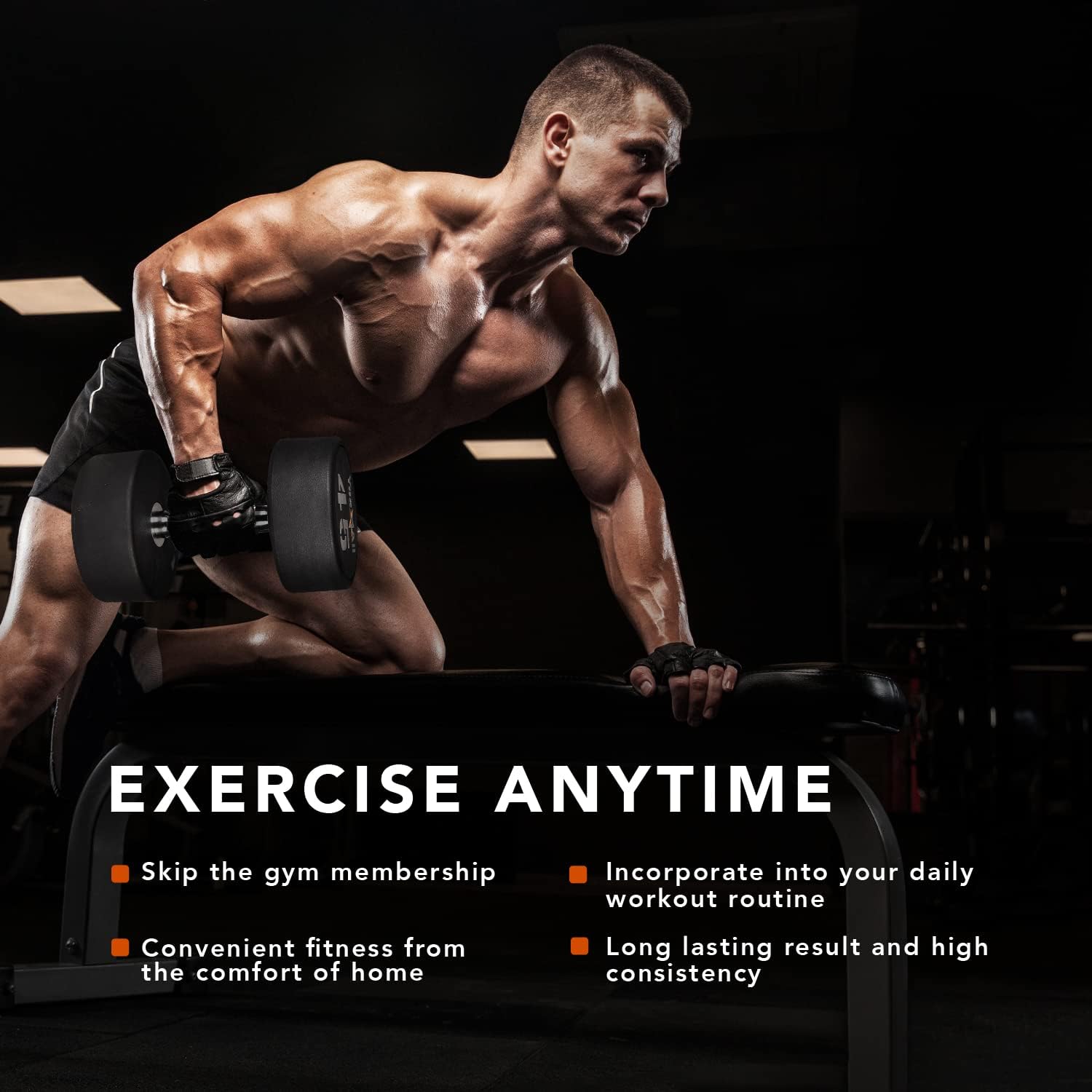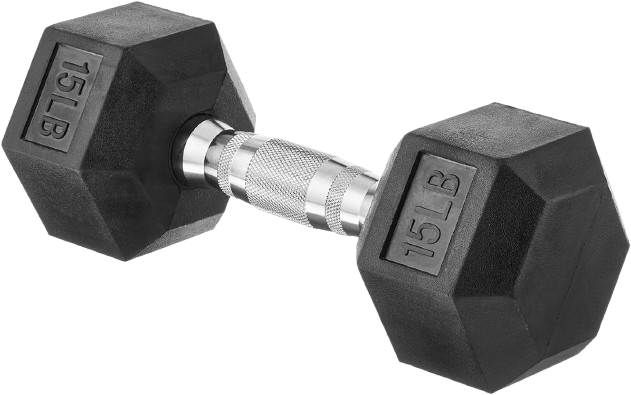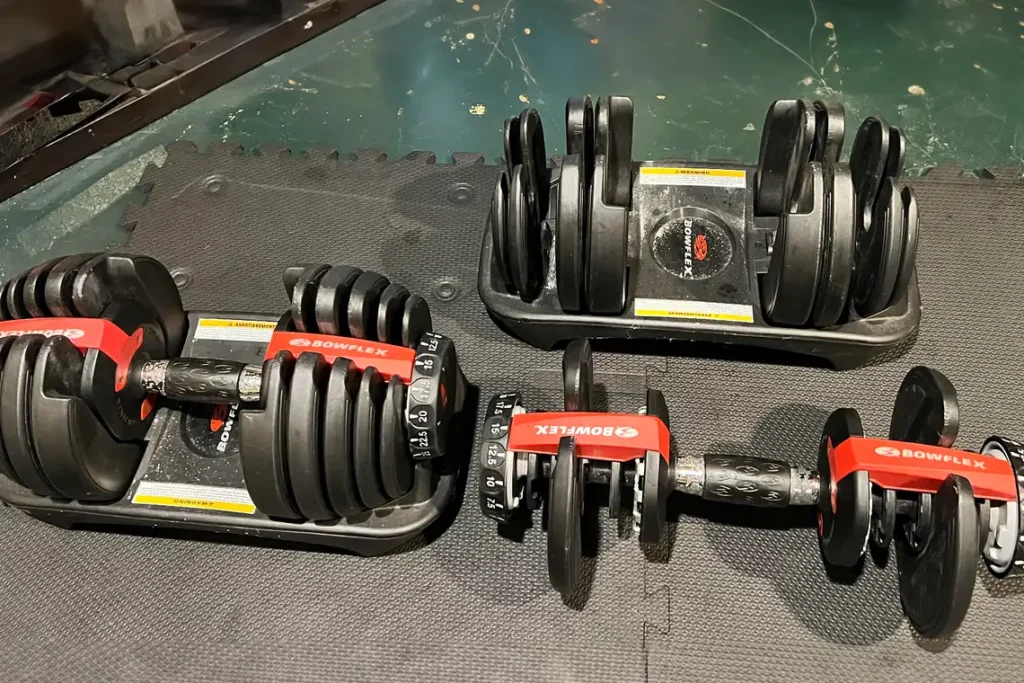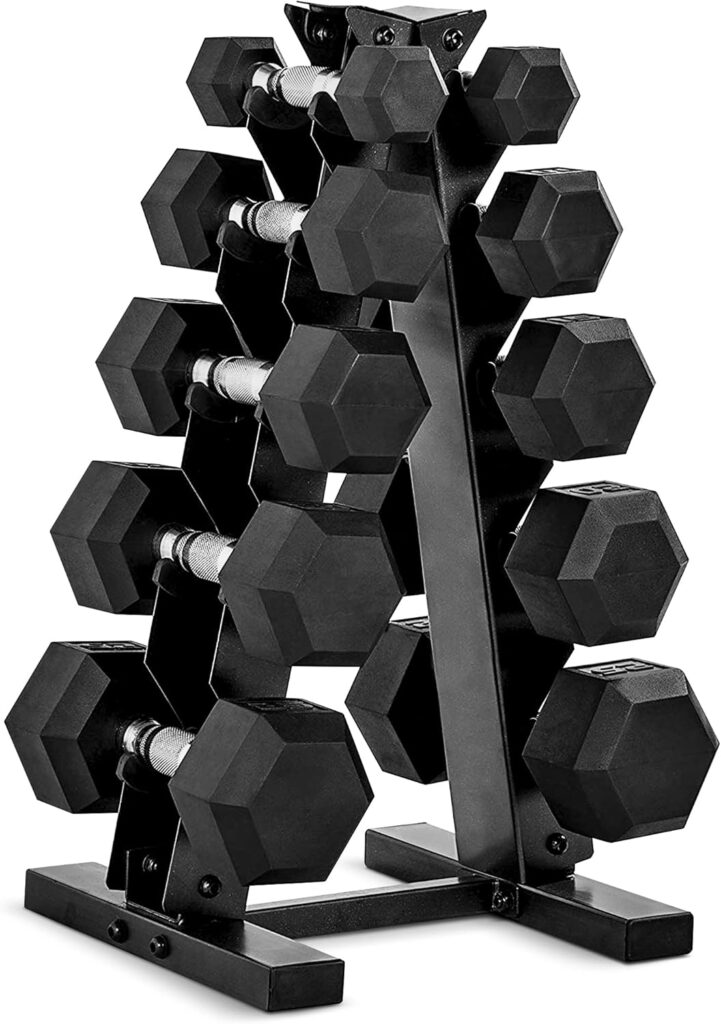Be it installing a home gym or upgrading your workout regime, the right dumbbell set can make all of the difference. With all the options out there—adjustable weights versus consistent-weight units, for instance—the process of deciding what dumbbells to invest in can be daunting. This guide you’re reading is able to find out the different types of dumbbells, their functions, benefits, and how to select the right one for you.
Understanding Dumbbells
Dumbbells are a versatile piece of equipment that can be used for a complete range of bodily video games, each one running on more than one muscle company. They’re available in great shapes and sizes and weights, making them appropriate for everyone from newbs to superior lifters.
Types of Dumbbells
1. Fixed-Weight Dumbbells
Description: Everyone knows regular dumbbells—they are a concrete weight, often purchased in my opinion or in a set.
Pros:
Easy layout and easy to apply.
No want to modify weights.
Typically more affordable than adjustable options.
Cons:
Need even more locality if you desire terrific weights.
Somewhat limited flexibility since you cannot swap the load.
2. Adjustable Dumbbells
Description: Adjustable weight dumbbells, typically by way of a dial, pin, or lever mechanism
Pros:
At least one set can replace more than one pairs, which makes it a space-saving option.
Cost-powerful in the end.
Ideal for those who lift different weights throughout their exercise routine.
Cons:
Preliminary rate is higher than that of fixed-weight devices.
In some cases, there are complex or “worn [out] processes” that serve as adjustment mechanisms.
3. Selectorized Dumbbells
Description: A selector pin-based adjustable navigate dumbbell.
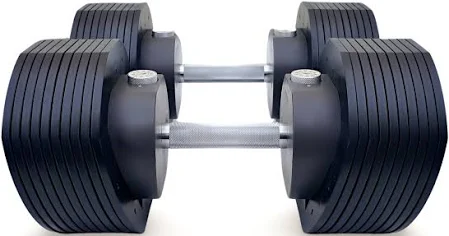
Pros:
Gradual changes of weight throughout exercises
Compact layout.
Cons:
Tends to cost more than regular dumbbells.
Usually heavier than normal dumbbells, so less appropriate for some sports activities.
4. Dumbbell Sets
Product: Adjustable/Test Weight Dumbbell
Pros:
- Available for great sports activities and development.
- Or more visually interesting.
Cons:
- Requires more space and perhaps pays luxe to bulk shop.
Key Features to Consider
When it comes to identifying which dumbbells to invest in, generally bear the subsequent qualities in mind:
Weight Range
Select a weight variety appropriate for your contemporary well-being degree:
- Beginners: 5–15 lbs.
- Intermediate Lifters: 15–35 lbs.
- Advanced Lifters: 35+ lbs.
Material
- Rubber: Resilient and floor-friendly; may be more expensive.
- Metal: Slightly less expensive but may also damage the floor.
- Plastic Pull Out: Lightweight and charge range-friendly; however, a substantial lot less solid.
Grip Design
Great grip holds a catapult significance to the security and common overall performance. Seek textured handles to prevent you slipping, and indeed especially at the same time as fingers get sweaty.
Size and Shape
- Hexagonal Shape: Prevents rolling and adds stability.
- Round Shape: Classic way but a lot weaker on flat surfaces.
Price
Decide your financing beforehand, as dumbbells range extensively in price. Fixed weights tend to be low-cost, although adjustable and selectorized styles price extra.
How to Find the Right Dumbbells for You
1. Assess Your Fitness Goals
Are you looking to build muscle, lose weight, or improve general health? Your needs will determine the kind and amount of dumbbells to purchase.
2. Consider Your Space
If you are limited on space, get adjustable or selectorized dumbbells. For larger spaces, a fixed set could be more appropriate.
3. Research Brands and Models
Saturated wine with smokey leather notes, look for the best mention of reliable countertheft. Reviews from buyers can provide information in matters of durability and performance levels.
4. Experiment before buying
Test particular dumbbells at a close-by fitness centre, or hold them to evaluate grip, balance, and traditional sense.
5. Start via way of means of a basic set
Begin with a simple set, especially if you are new to weightlifting. Along with progressing, continuously construct up.
Popular Dumbbell Recommendations
Fixed-Weight Dumbbells
1. CAP Barbell Coated Hex Dumbbells
- Weight Limit: 3 lbs to 50 lbs.
- Features: Treaded rubber coating; hexagonal shape prevents rolling.
- Best For: Novice and intermediate lifters.
2. AmazonBasics Hex Dumbbell with Rubber Encased
- Weight: 5 lbs–50 lbs.
- Features: Easy grip; rubberised encasing keeps flooring safe.
- Best For: Cheap, simple at-home exercise routines.
Adjustable Dumbbells
1. Bowflex SelectTech 552 Adjustable Dumbbells
- Attainable Weight: five lbs to fifty. Five lbs.
- Pretty feature: Easy-to-adjust dial; replaces 15 different devices of weights.
- Best: Regional limited physical games that are versatile
2. PowerBlock Elite Adjustable Dumbbells
- Weight Capacity: five lbs—50 lbs (extendable to 70 lbs)
- Specification: Compact form factor; seamless weight adjustment
- Best For: Serious lifters with space limitations.
Selectorized Dumbbells
NordicTrack Select-a-Weight Dumbbells
- Weight Range: 10 lbs to 55 lbs.
- Characteristics: Rapid adjustment mechanism; user-friendly grip.
- Best For: circuits and frequent weight switching.
Common Dumbbell Exercises
1. Dumbbell Bicep Curl
- Target Muscles: Biceps.
- How to Do It: Hold a dumbbell in either hand at your sides as you stand. Bring the weights closer to your shoulders, keeping the elbows close to your frame.
2. Dumbbell Bench Press
- Target Muscles: Chest, triceps, shoulders.
- How to Do It: Lie back on a bench holding a dumbbell in either hand. Press the weights straight up until your arms are completely extended, then reduce them gradually.
3. Dumbbell Squats
- Secondary Muscles: Hamstrings, glutes.
- How to Do It: Hold one dumbbell in each hand above shoulder height or at your sides. Squat down, with your lower back directly behind you, then move back to a standing position.
4. Dumbbell Tricep Extensions
- Target Muscles: Triceps.
- How to Do It: Press a dumbbell overhead with both arms. Bring it behind your head and lower it, then get bigger again back to the starting position.
5. Dumbbell Rows
- Target Muscles: Back, biceps, shoulders.
- How to Do It: Hold a dumbbell in each hand and bend over, arms extended. Bend your elbows to guide at the direction of your hips while keeping them close to your body.
FAQs
1. What type of dumbbells stand out for beginners?
Heavy fixed-weight dumbbells or a key set of adjustable weights (5–15 lbs).
2. Are adjustable dumbbells virtually worth the engagement?
Absolutely, especially if you have limited space or frequently switch weights during workouts.
3. How much do I have to spend on dumbbells?
Fixed weight: $10–$100 per pair.
Adjustable: $150–$500 standard with fixed.
Selectorized: $100–$600 per set.
4. What is a simple dumbbell grip layout that is first-rate?
They come with textured or knurled handles that ensure that the grip remains firm and that they don’t slip.
Final Thoughts
With the right dumbbells and an established exercise schedule, you can reap your health goals from the relaxation of your house or health club. From fixed-weight, adjustable options, or selectorized dumbbells, there’s a variety for every type of fitness buff. Focus on little things, grow slowly, and invest in great equipment for awesome results. Happy lifting!
